MOMO: Fresh paint
In the evening. 7 pm. Geldernstrasse.
It’s Thursday, a mild spring evening. The last rays of sunshine sparkle over the bridge of the Geldernstraße and bathe the pieces of the local hall of fame in a particularly colourful light. For a day like this, it is remarkably quiet. Only two artists are painting: MOMO and his girlfriend SKLA. Around them, the through traffic is raging: cars, squeaking trams, bicyclists, pedestrians – but even in this corner of Cologne you can feel the Corona pandemic related calm. Somehow pleasant. The two artists seem concentrated, but still turned towards the passing passers-by. “Well, I think I must have been addressed sixty times today”, MOMO says. The artist is in the process of finishing a snake that winds filigreely around his lettering. Step by step. Scale by scale. Already at this point, his meticulousness and technical expertise becomes apparent. “I basically paint out of my head. With regard to the snake, I had a look at two or three pictures, especially regarding the colours and the scales. I then put the rest together myself and adapt it from my head”, the artist explains.
Graffiti and skateboarding
MOMO was born in 1978 and is originally from Marburg. At the age of 13, he started with graffiti. Basically, he got in touch with the scene through friends and acquaintances, whereby skateboarding and graffiti were closely connected for him at that time. Today, almost 30 years later, MOMO makes a living with painting. Even if this reads like a rather straightforward CV, the way there entailed quite a few hurdles and was associated with some personal as well as artistic challenges.
Abstraction, expressiveness and pictorial tension
MOMO was born in 1978 and is originally from Marburg. At the age of 13, he started with graffiti. Basically, he got in touch with the scene through friends and acquaintances, whereby skateboarding and graffiti were closely connected for him at that time. Today, almost 30 years later, MOMO makes a living with painting. Even if this reads like a rather straightforward CV, the way there entailed quite a few hurdles and was associated with some personal as well as artistic challenges.
Nevertheless, MOMO also works with letters. Letters, in which he constantly re-explores the boundaries of abstraction and only sublimely touches the realm of the representational. As is often the case in graffiti, the legibility of his lettering is by no means in the foreground, – M. O. M. O. – rather, expressiveness and image-inherent dynamics set the focus of his art practice. His works display a high degree of pictorial tension and go beyond the scope of natural viewing habits. This impression is supported by various 3D effects. “I’ve been painting for almost 27 years now, so I feel it’s my duty to develop the whole thing further. And the feedback I get from the scene confirms that in a certain way. That’s a nice thing, of course, and that’s how I notice that I’m doing something right and that it’s going in the right direction”, he says.
Proportions, colour relations and bright colours
His letters are mainly fed by colour transitions or different, interrelated colour areas, whereas plain-coloured fill-ins are rare. MOMO explicates: “Looking at the wall, you have to equate the colour proportions. If you don’t have a graphic division there and no reasonable color flow, nothing will fit in the end.” His letters are often supported by a filigree, fragile-looking line that seems to find its way over the wall, drawn with a spray can and a needle cap – razor-sharp. “There are people in the scene who call me a scalpel, because I can paint very cleanly, as if it were drawn with a scalpel”, says MOMO. Acting as a graphic element, that line adds another layer to his work and connects the individual elements to a harmonious whole. However, this appears particularly expressive when it leaves the vertical wall and extends into the horizontal. The choice of colour, on the other hand, is spontaneous. “It happens quite intuitively. Recently, I’ve been using bright colors to create a real impact, for example when the sun comes out or something like that. But basically, I like to use brush colors and then I just add a little bit of color for the contrast”, MOMO says.
But anyone who now – or still – believes that MOMO’s works are created purely intuitively, is far from it. Rather, the artist leaves little to chance, meticulously balances proportions and color relations and pays attention to many details. “I think a lot while painting. For example, I always pay attention to ‘where is the spray edge, where does it fog out, what kind of cap do I use, how do I hold the can, etc.’. Sure, I can just go to a wall and spray, but I can also pay attention to such things and thus eventually achieve real high-end results. And I think it would be cool to be able to do just anything. I want to be able to paint shitty, but I also want to be able to paint high end. And if I combine that together, then I have my own style”, MOMO says. MOMO seems technically adept, quite self-critical, but can still laugh at himself: “I’m not satisfied with anything! I’m such a grumbler. Really, I am such a nag [laughs].”
Permanent development or: the courage to experiment
Against this background, it hardly seems surprising that every work looks different. MOMO’s explicit aim is to always go one step further, to try out new things, to experiment and learn – because this is the only way to develop. “Of course, there are always related or familiar forms, but I always try to paint something different. To be more precise: I feel obliged to do so; I really feel obliged to do so. That’s my claim, to always do something new somehow. It’s almost a bit like a compulsion [laughs].” This statement reveals that, for MOMO, the process of painting is at least as important as the finished painting. At the same time, he emphasizes that he always keeps an eye on the surroundings and takes a close look at the wall surface he paints – because “every wall has its own energy.”
Not an absolute sure-fire success or: through the world with open eyes
But of course this is not an absolute sure-fire success. There are certainly role models who have inspired MOMO and continue to do so today. Magic from Düsseldorf, for instance, who early began to completely deform letters. Or other graffiti artists who experiment with three-dimensionality and special effects. Beat from Wiesbaden is also mentioned as well as the graffiti scenes from New York and Dortmund. But MOMO also names art historical role models such as Jean-Michel Basquiat, Keith Haring, Gustav Klimt and Jackson Pollock as well as other abstract painters and art scenes that he follows on Instagram. “In order to see different ideas, different forms and color compositions, I find it very enriching. If I would only stick to graffiti, I would eventually become dulled. The graffiti scene is somehow a deaf and dumb scene that doesn’t really open up. If you do something completely different, you often get headwind. But at the moment, I simply enjoy being in a certain flow, seeing many different things, soaking them up, saving them in my head and putting them back on the wall in some way.”
Free paintings, commissioned works and canvases
MOMO almost exclusively paints legal walls. That is to say hall of fames, murals, but now and then he also leaves his works in a disused factory or abandoned building. Another important part of his artistic repertoire are commissioned works and canvases, which he exhibits in smaller galleries or sells via the internet. His works have also been shown in the accompanying programme of the documenta.
MOMO almost exclusively paints legal walls. That is to say hall of fames, murals, but now and then he also leaves his works in a disused factory or abandoned building. Another important part of his artistic repertoire are commissioned works and canvases, which he exhibits in smaller galleries or sells via the internet. His works have also been shown in the accompanying programme of the documenta.
Cologne, creative diversity and open-mindedness
Cologne has now become the centre of MOMO’s life – even if it took a while to warm up with the Rhine metropolis. “Well, I have to say that I came to Cologne and actually never wanted to go to Cologne. I’ve been here for almost 9 years now and I find Cologne very cool, very creative. There is a very wide range of artists: graffiti artists, street art artists, sticker artists, all kinds of people who make art here, are visually active. The nice thing about it is that everybody tries to do something different somehow and that’s why you have a very big variety. There are a lot of people here who are really talented”, MOMO says. Nevertheless, it would be desirable for Cologne artists to be represented (more) in the cityscape, because, after all, they contribute to the city’s identity. This would require more (legal) space – as well as some negotiating skills and good will.
1,220 views
Categories
Tags:


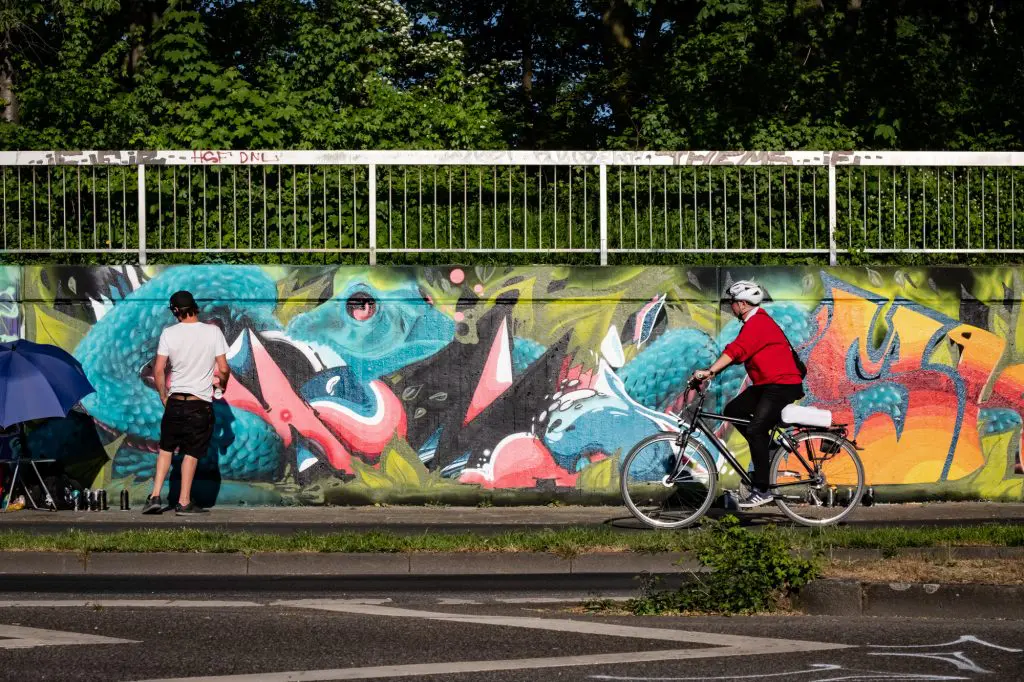
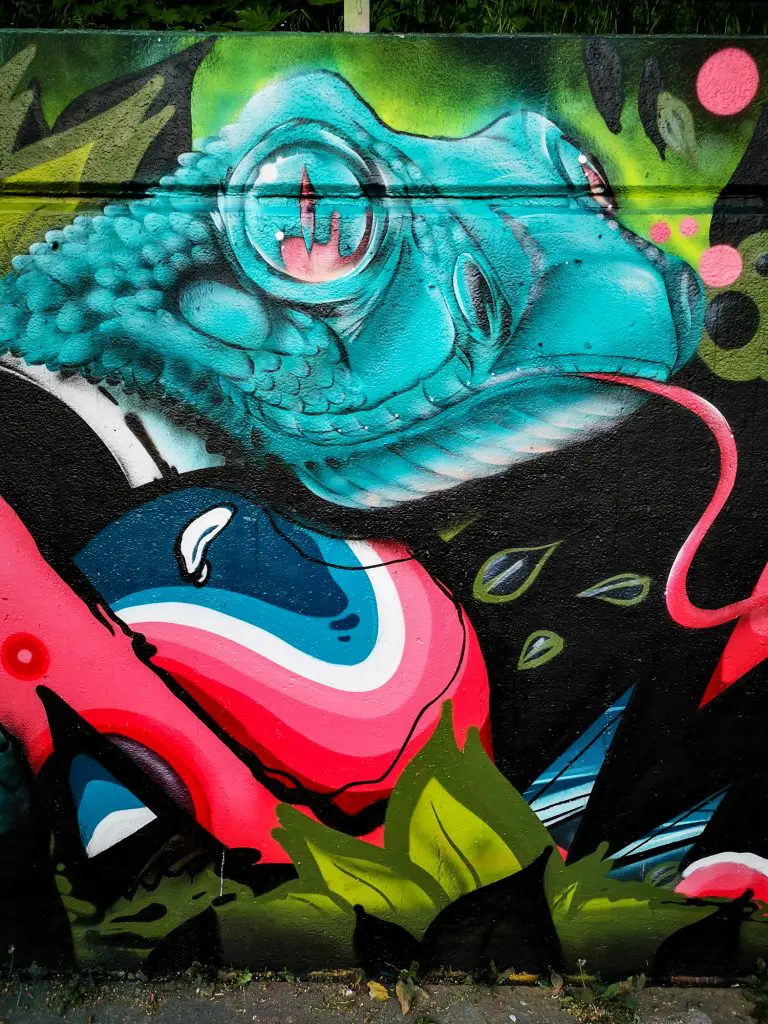

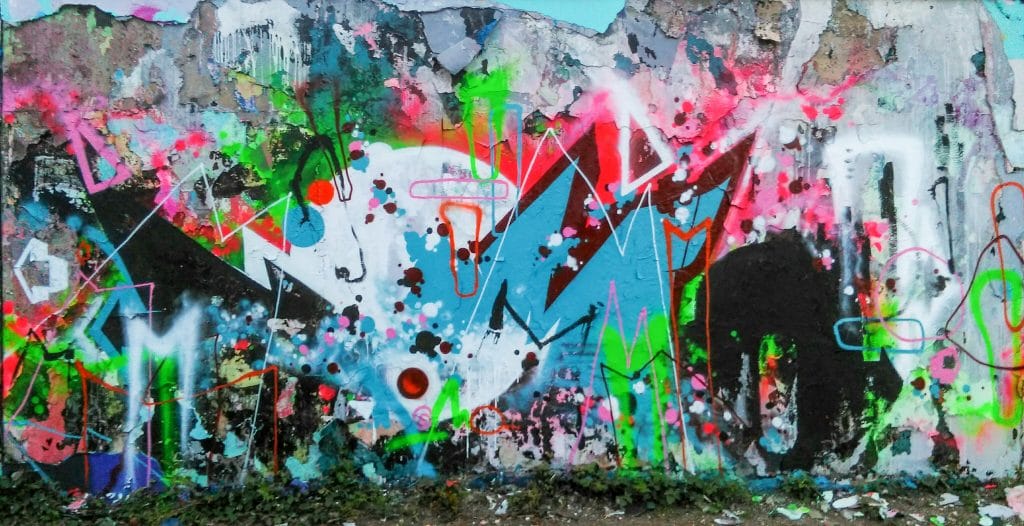
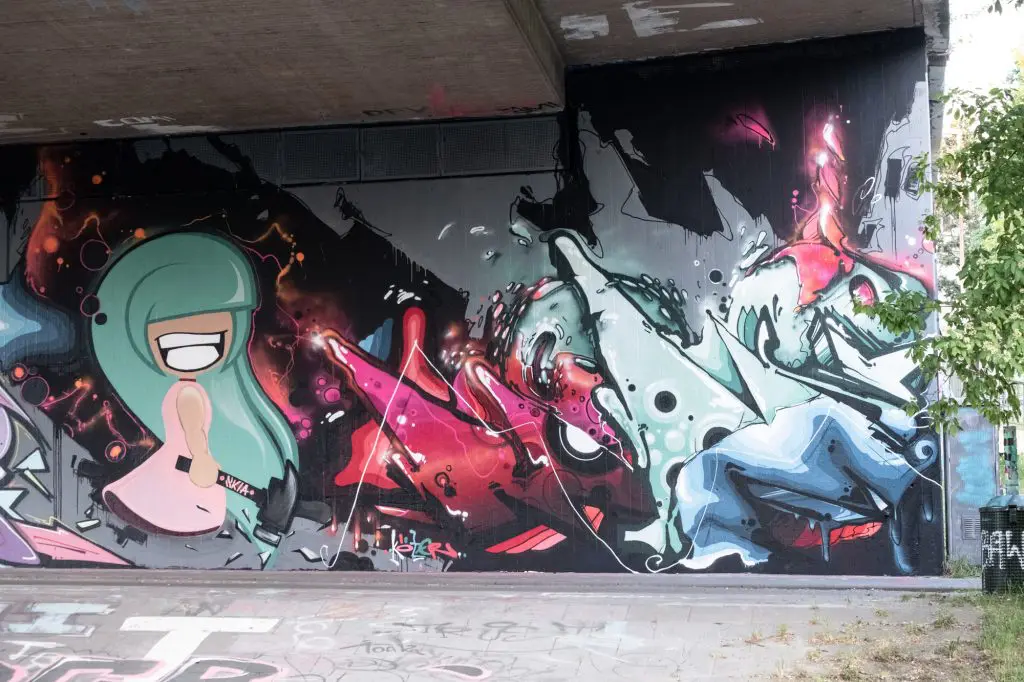
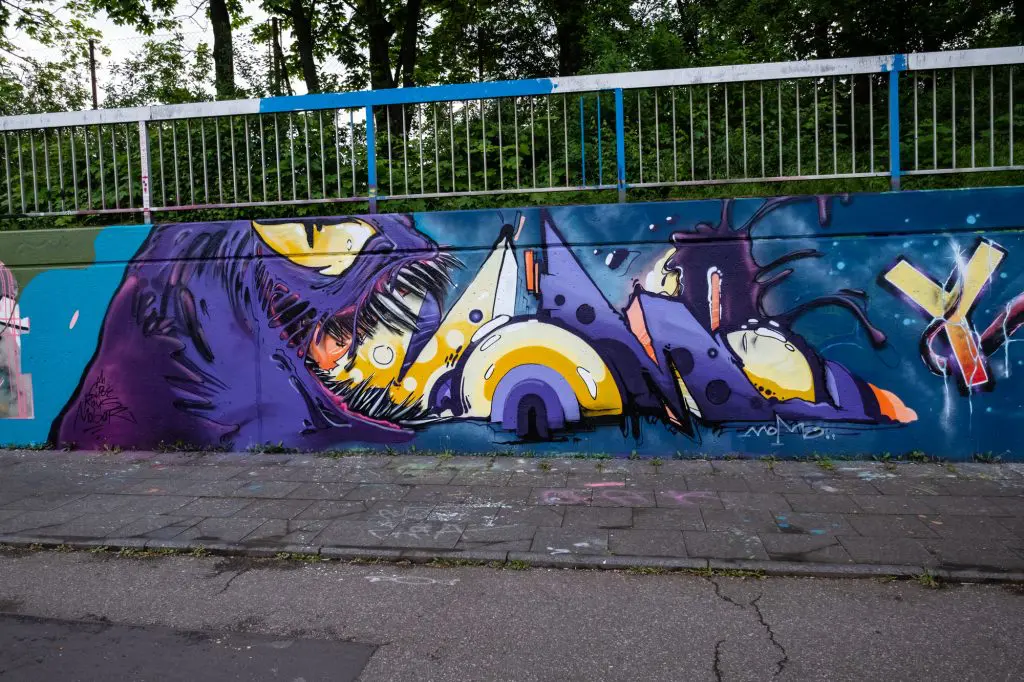
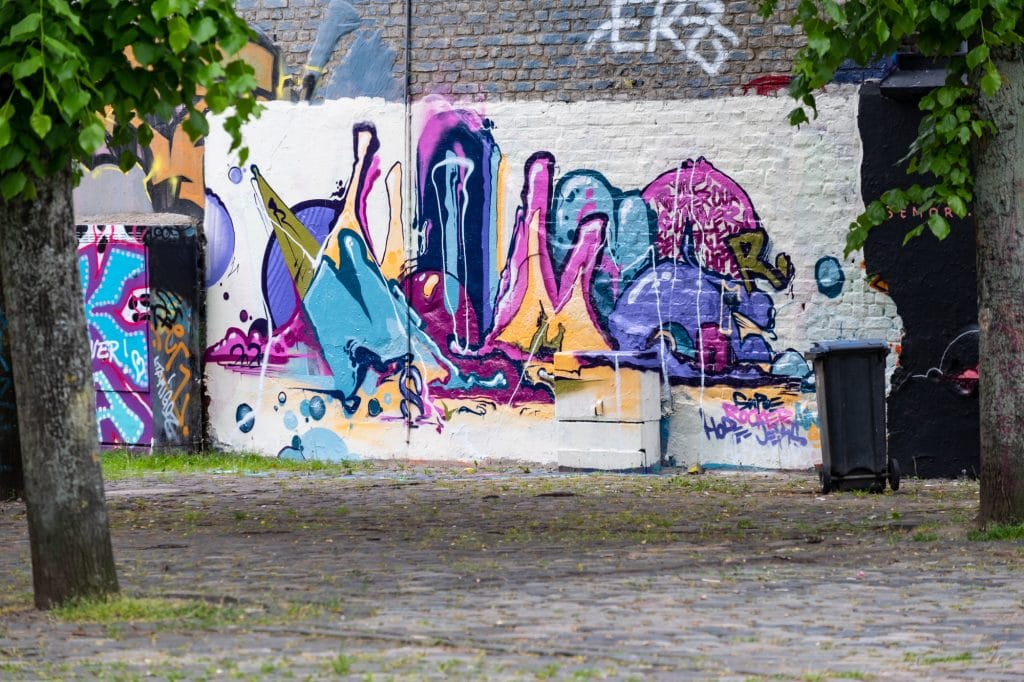
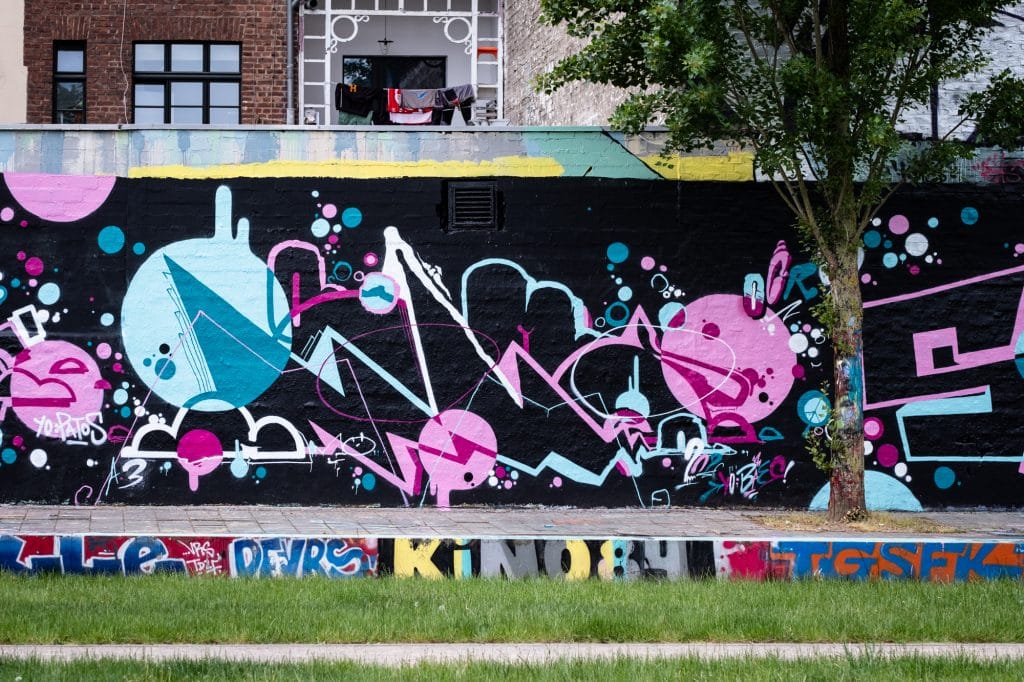
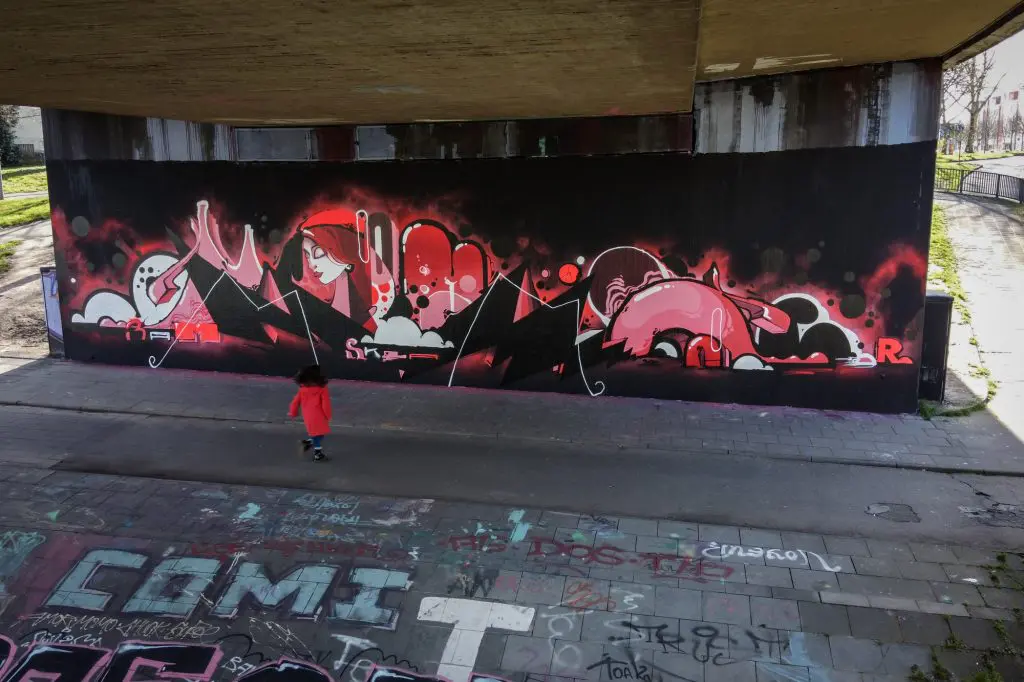
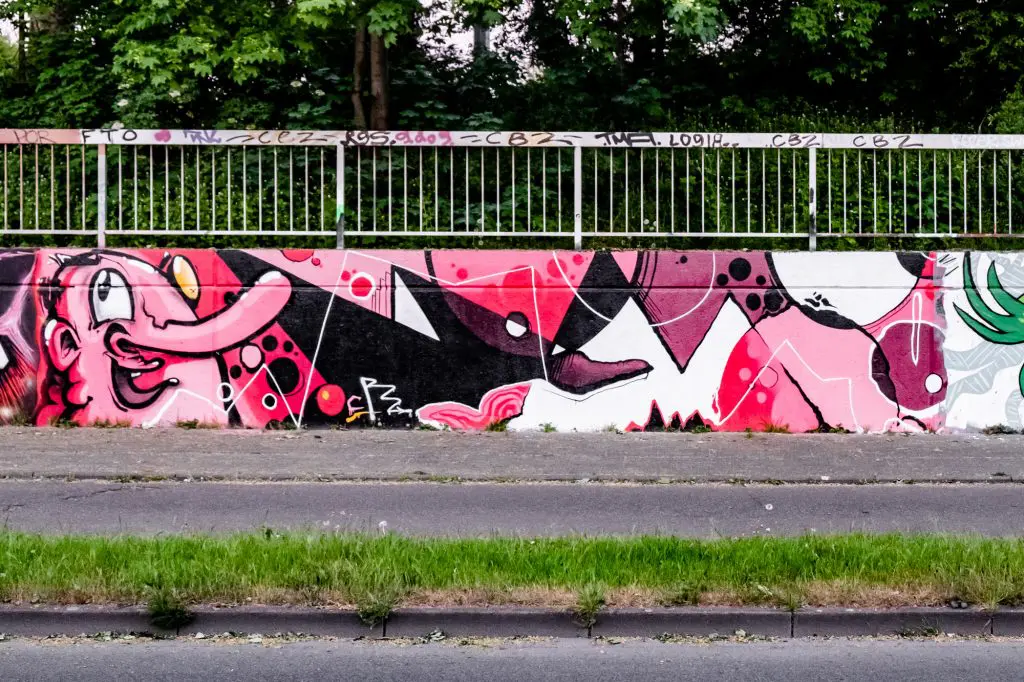
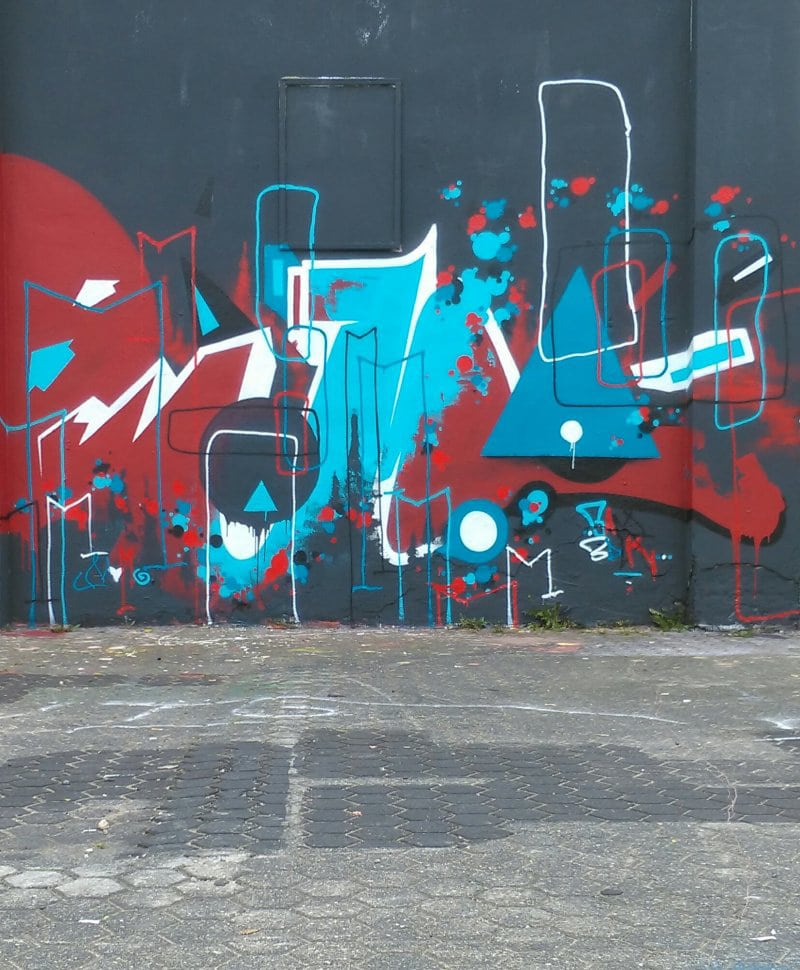
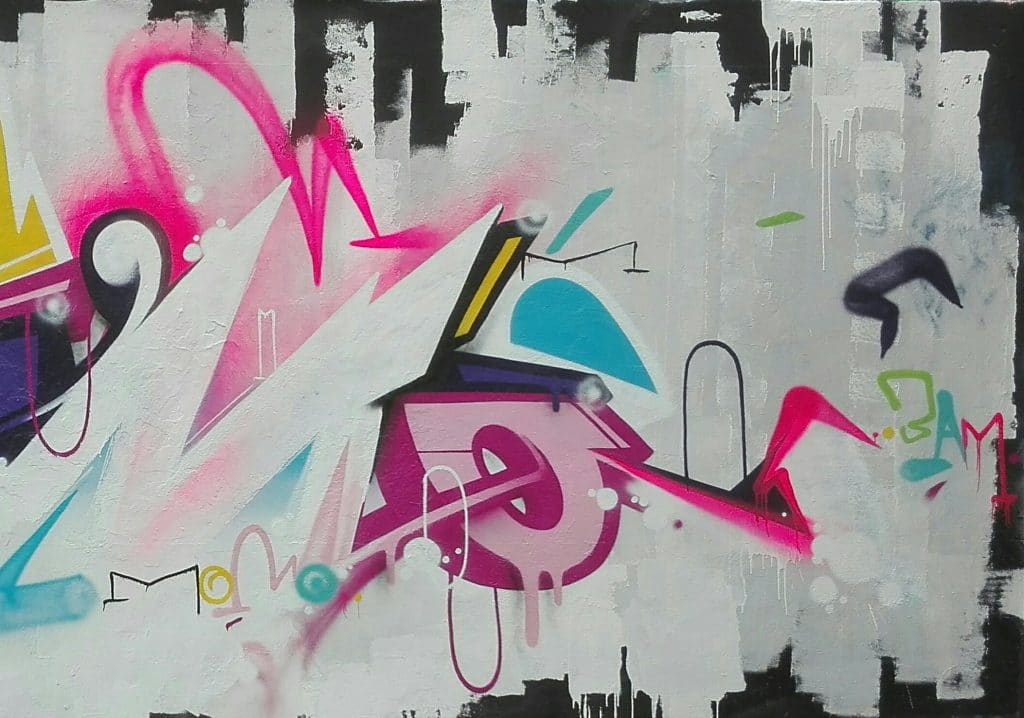
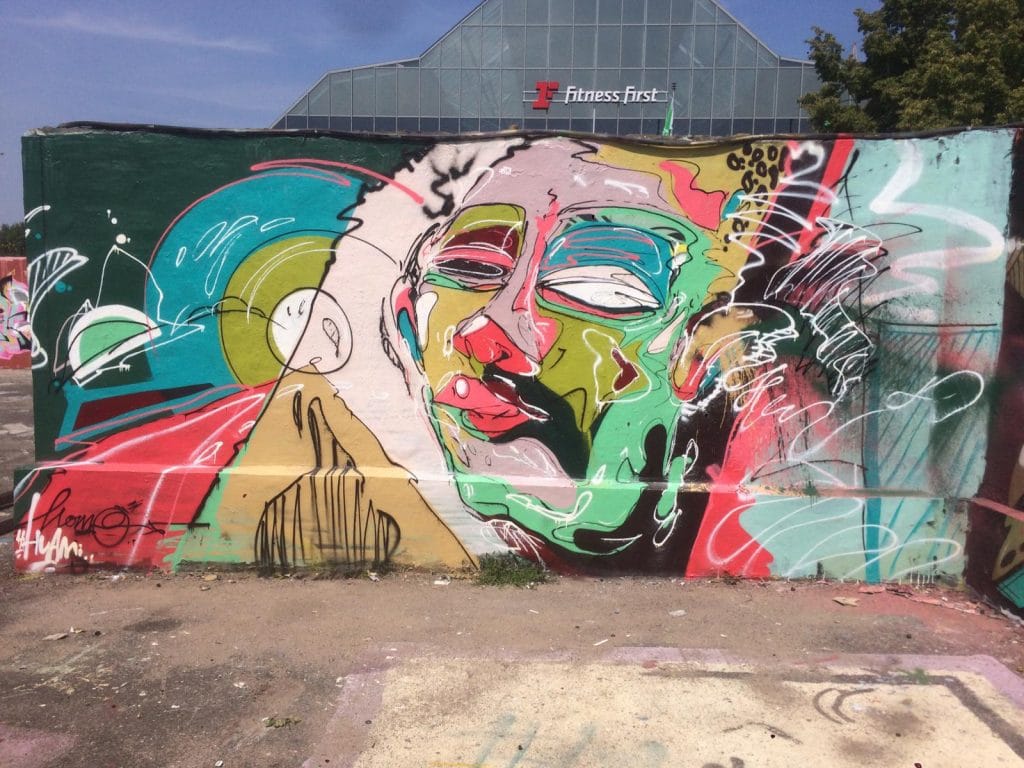
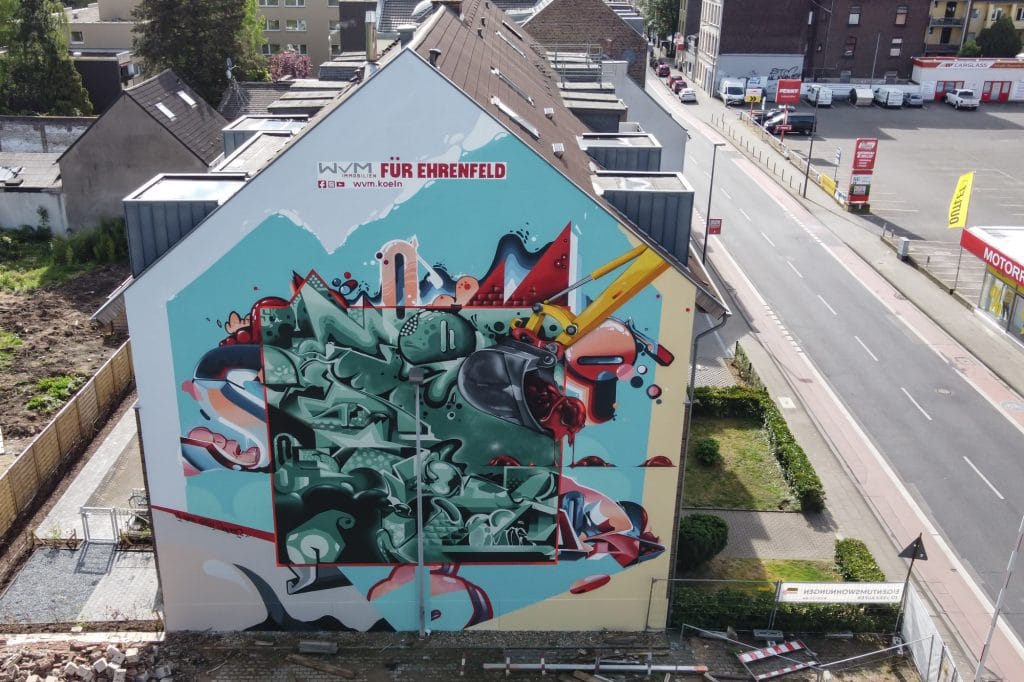
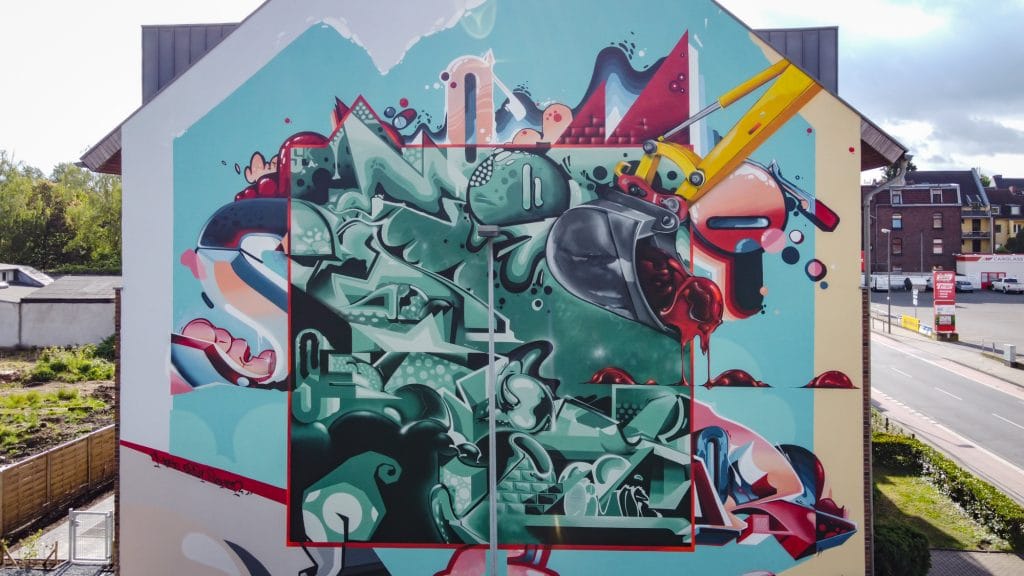
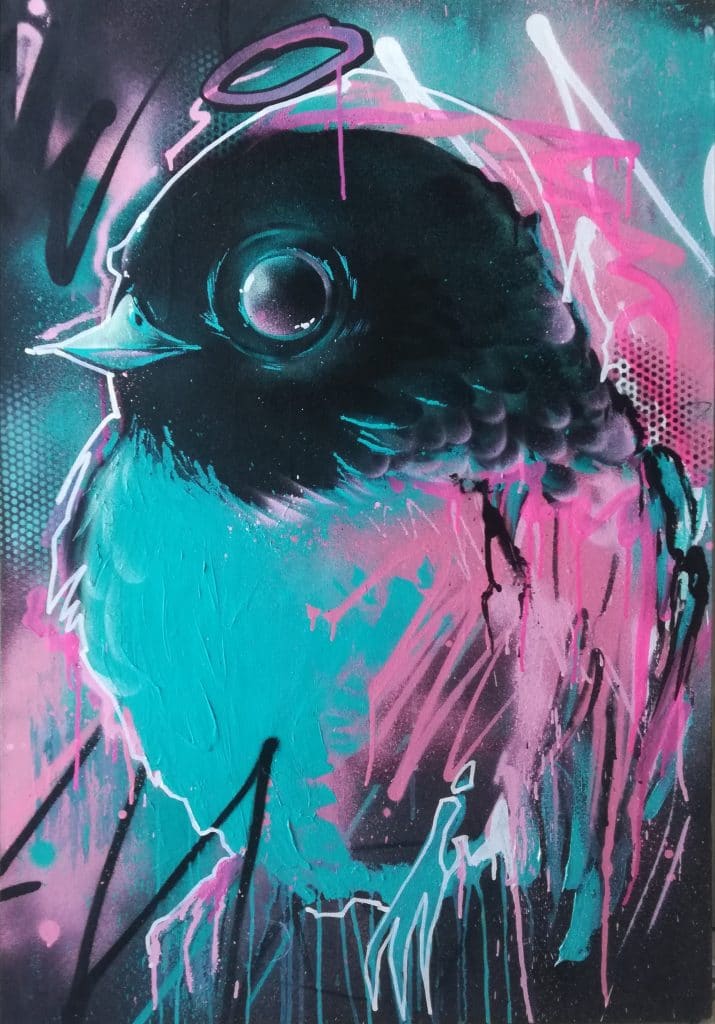
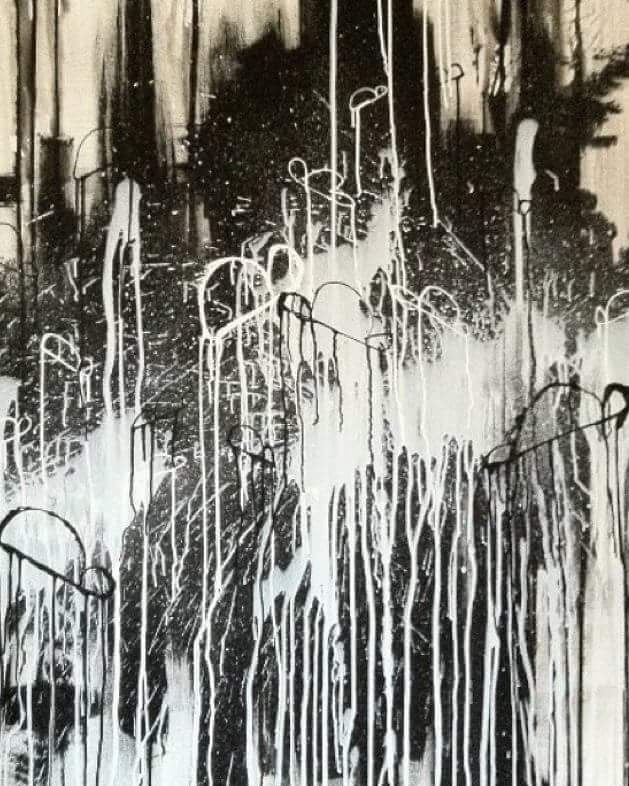
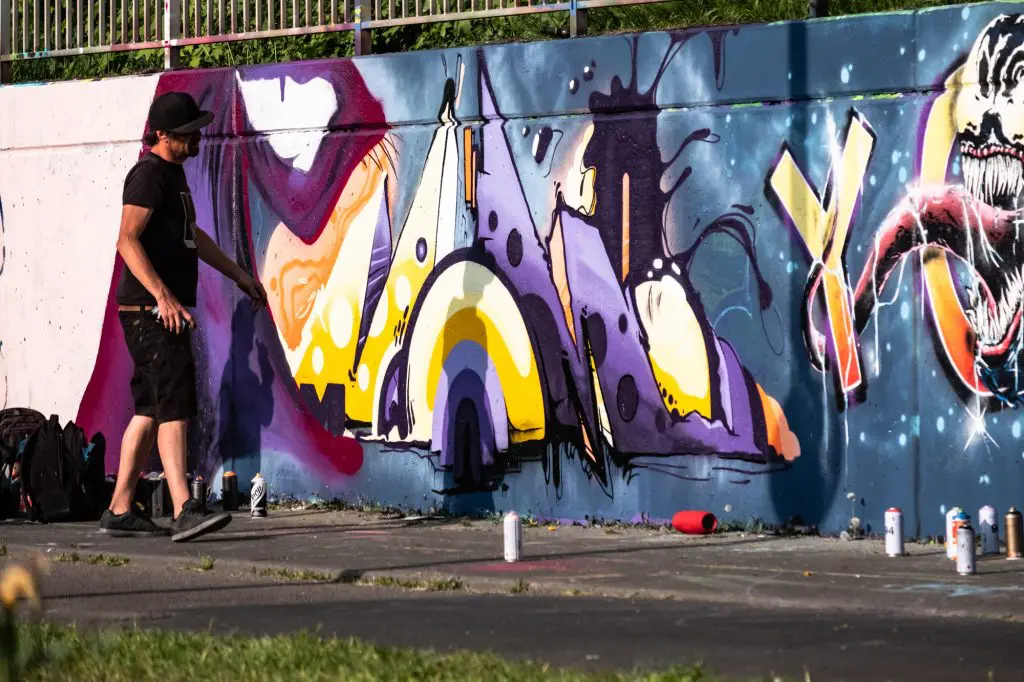
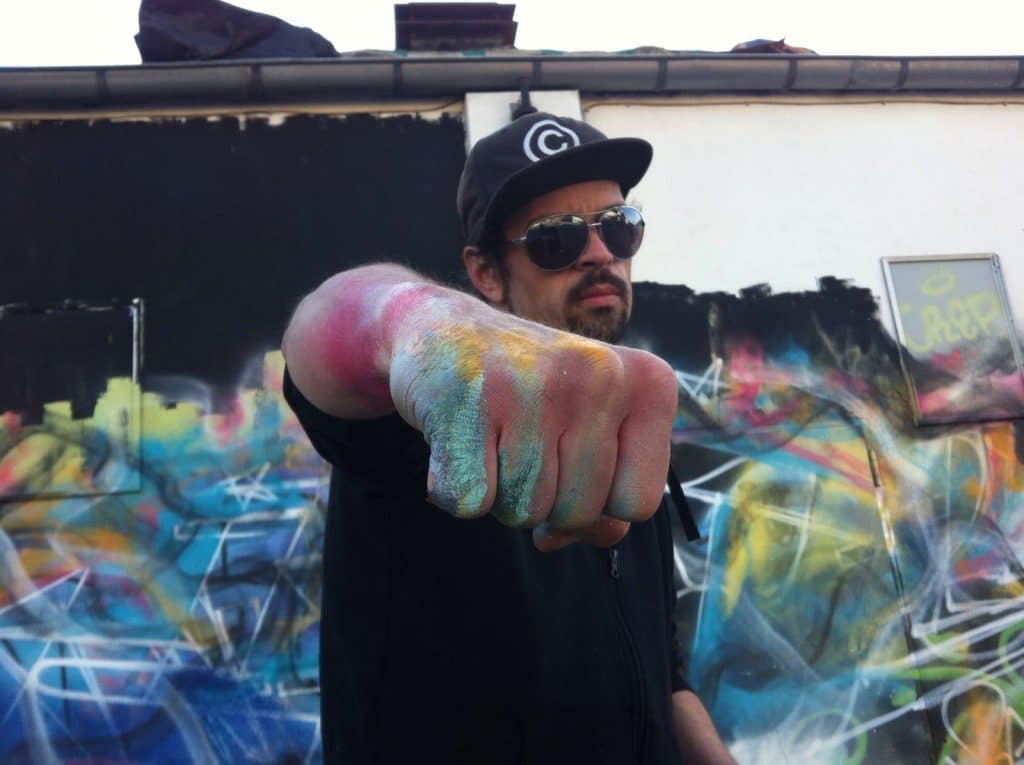
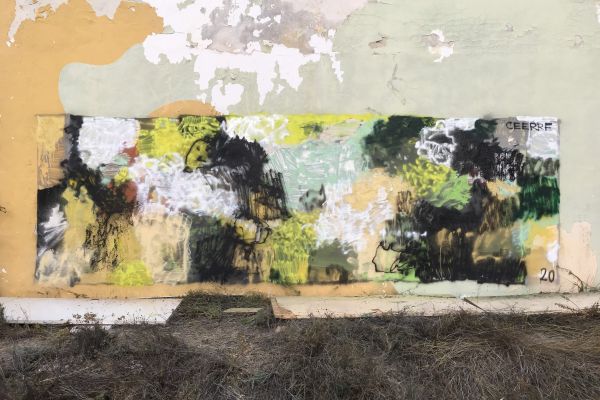
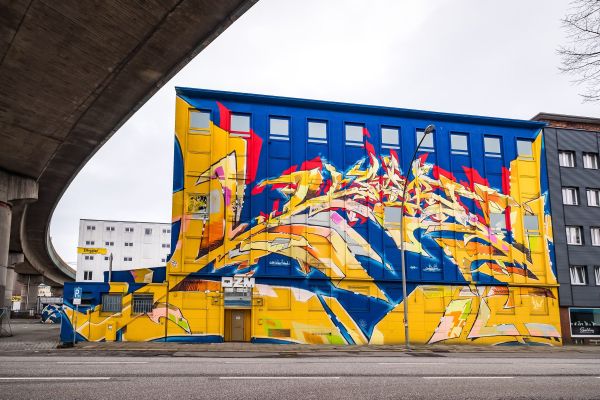
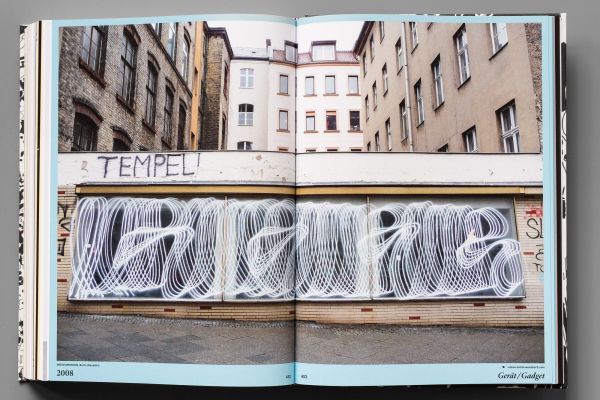
Leave a Reply